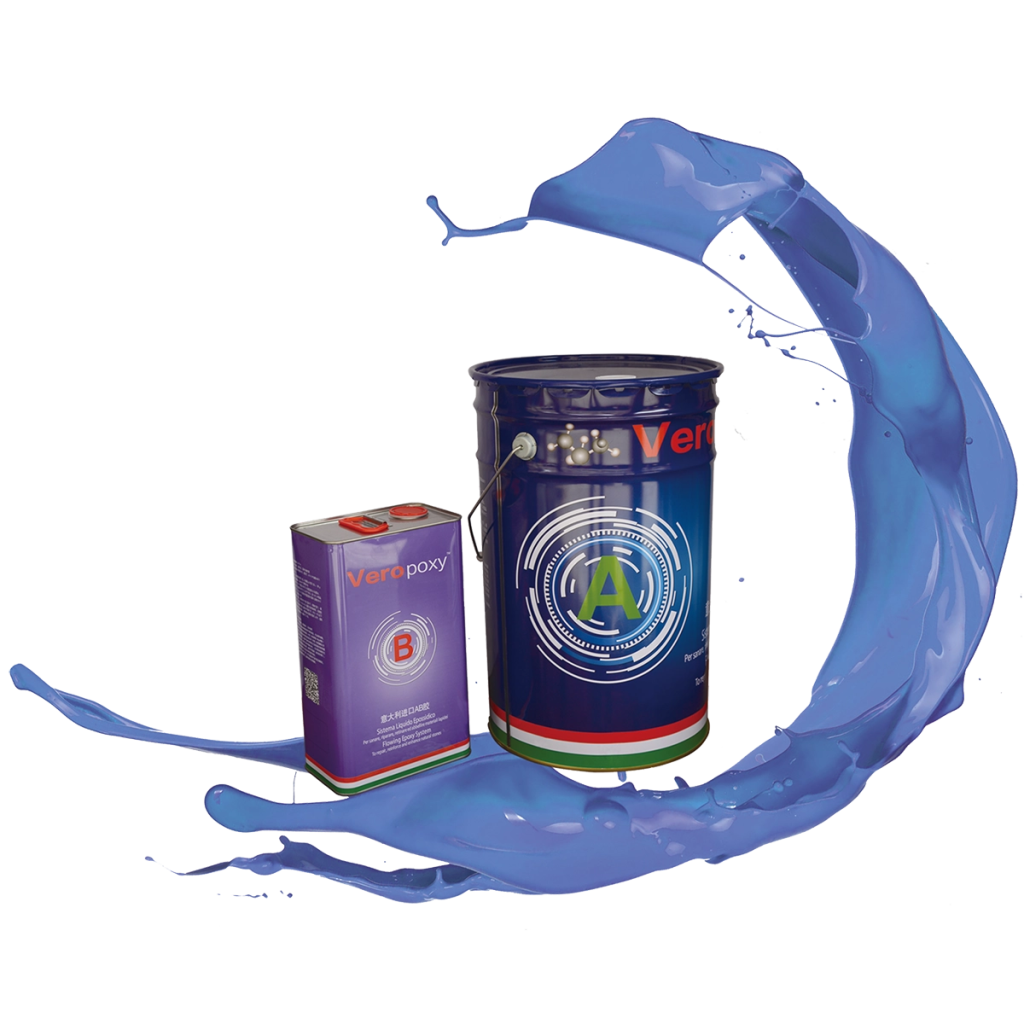Semi-precious stones like amethyst, quartz, and jasper aren’t just for jewelry—they’ve also found a place in high-end stonework for interior decor, adding a unique, luxurious touch to countertops, tabletops, and accent pieces. Though many of these stones are quite beautiful, many of them are not naturally durable enough to resist daily use in such applications. Here is where epoxy resin adhesives help to strengthen these stones for lifetime and stability without sacrificing their natural beauty. This page explores the features of several epoxy resins and their performance in improving semi-precious stones used in stonework, so providing designers and homeowners with knowledge on how to maintain these lovely materials in perfect condition.

The Role of Epoxy Resin Adhesives in Semi-Precious Stonework
In stonework applications, epoxy resin acts as both a binding and protective agent. Semi-precious stones need a strong adhesive that can both stabilise and reinforce them since they are often more porous or brittle than ordinary stones, such granite or marble. Apart from great adhesion, epoxy resin offers a clear, durable finish that preserves the natural beauty of the stone. Larger surfaces, like counters or decorative wall panels, where durability is crucial to resist daily use, benefit especially from this.
Most epoxy adhesives used in stone applications are two-part systems, meaning they require mixing a resin with a hardener. The particular qualities of every resin type—such as bonding strength, curing time, and durability under temperature changes—can vary greatly, so affecting the stonework’s final appearance and use. Some often used epoxy resin varieties in semi-precious stonework applications are discussed below.
Comparing Common Epoxy Resin Adhesives for Semi-Precious Stonework
1. High-Transparency Epoxy Resin Adhesive
Known for its crystal-clear finish and resistance to yellowing, high-transparency epoxy is a top choice for stonework applications where aesthetics are paramount. While still offering dependable adhesion, this resin type improves the colour and texture of semi-precious stones, so giving them a brilliant, polished look. High-trans transparency epoxies, on the other hand, might be more suited for indoor uses than outdoor installations since they may be more sensitive to significant temperature fluctuations.
2. Heat-Resistant Epoxy Resin
Heat-resistant epoxies are designed to withstand high temperatures, making them an excellent choice for stonework surfaces that may experience warmth, such as kitchen countertops. Strong bonding is only one benefit of this adhesive; it also stops the adhesive layer from softening or deforming with time. Heat-resistant epoxies may not be the best fit for uses requiring a more flexible finish, though, as they often cure and harden to a rather rigid texture.
3. Fast-Curing Epoxy Resin
For projects that require quick turnaround times, fast-curing epoxy is a practical solution. In minutes, it can bond and harden so that installers or designers may go quickly through the process. This resin might, however, compromise some transparency and generate small air bubbles, which would somewhat alter the final look. Applications when durability comes first over appearance would be ideal for fast-curing epoxy.
4. Flexible Epoxy Resin
For stonework with semi-precious stones, especially those installed on surfaces that may need some flexibility—like furniture pieces or large wall installations—flexible epoxy resin offers a suitable solution. This kind of resin preserves some elasticity even after curing, which helps stones that might expand or shrink with environmental changes to be under less stress. It offers stability and protection without sacrificing the stonework’s integrity, even if it might not have the glass-like clarity of high-transparency resins.
Tips for Using Epoxy Resin Adhesives with Semi-Precious Stone
When using epoxy resin with semi-precious stones, correct preparation is key. To guarantee good adhesion, fully clean the stone; mix the resin and hardener in the advised ratio to prevent any curing problems. Testing the resin on a small, inconspicuous area helps you to guarantee compatibility and desired appearance for high-value items or complicated surfaces. Choosing an epoxy that resists yellowing is also quite important since semi-precious stones are often valued for their vivid colours and clarity.

Epoxy resin adhesives have opened up new possibilities for incorporating semi-precious stones into beautiful, durable stonework applications. Epoxy resins enable one to enjoy the elegance of semi-precious stones in useful contexts by adding a brilliant, polished finish and by strengthening delicate stones against daily wear. Whether their project calls for heat resistance, clarity, or flexibility, designers and homeowners can select the best adhesive from among the several resin varieties. As epoxy technology develops, so too does the possibility for semi-precious stones to shine in contemporary homes, providing an amazing mix of natural beauty and enduring strength.
Post time: 11 月-07-2024

